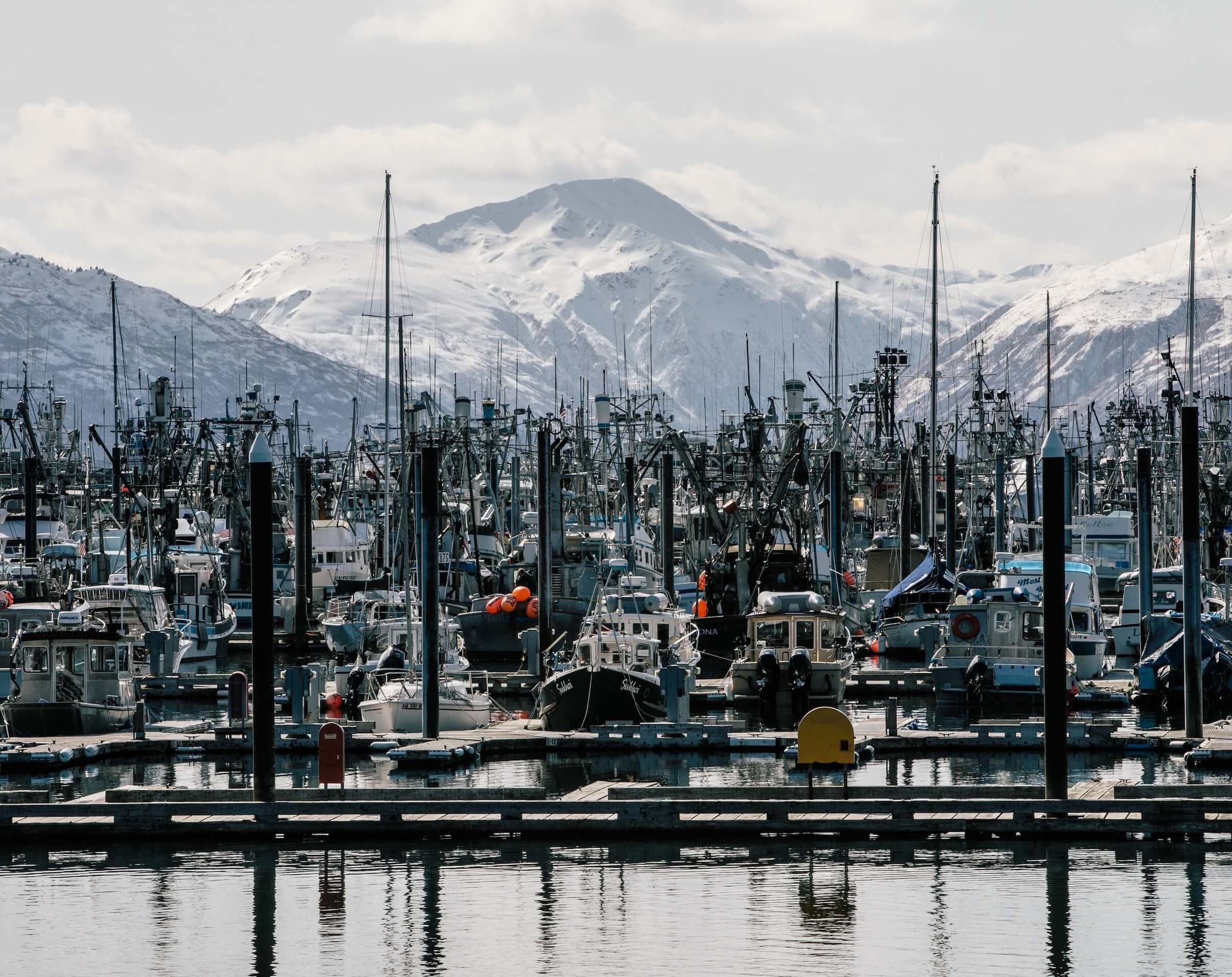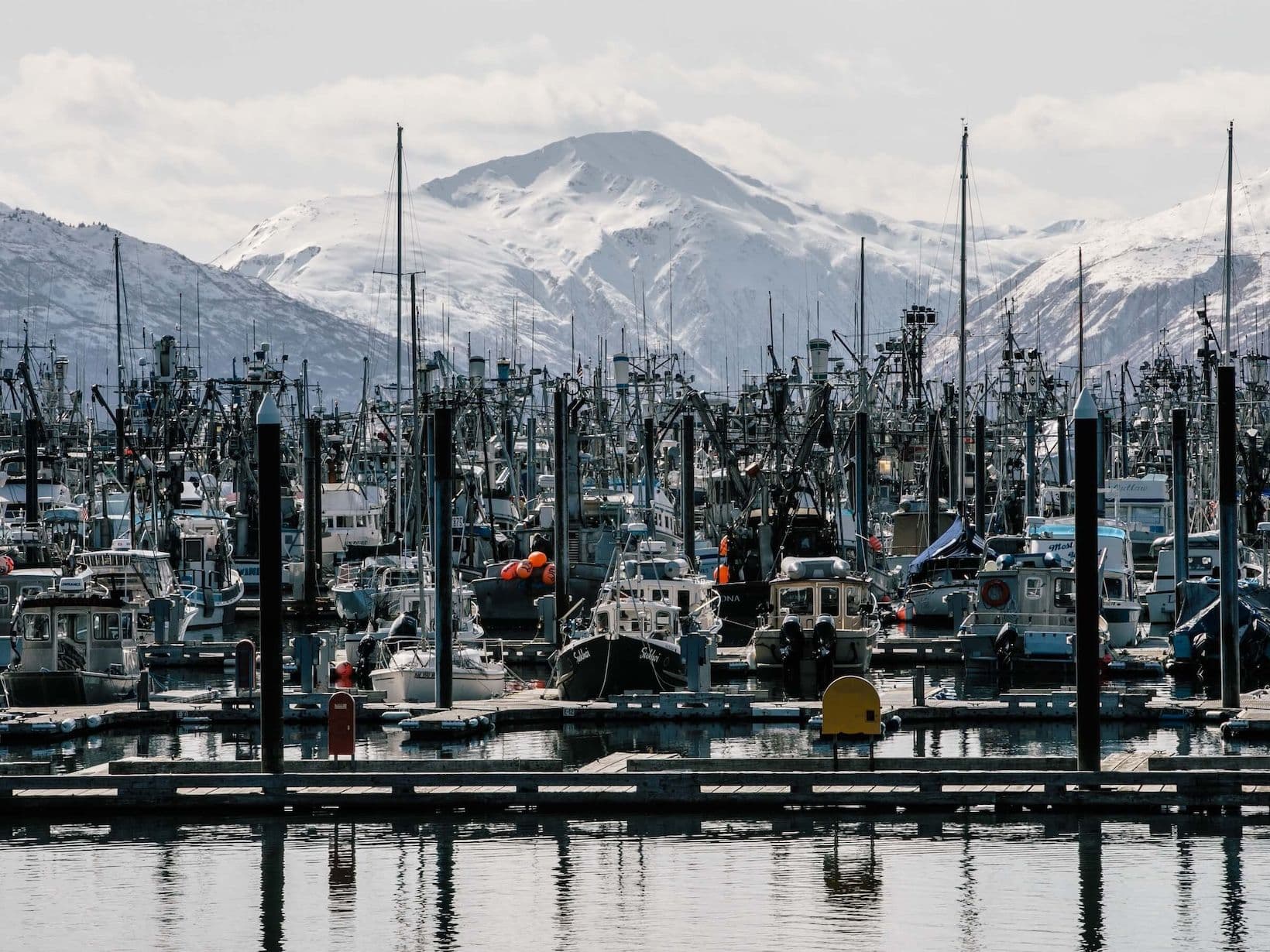The Other Side of Kodiak’s Fishing Industry
Kodiak is known for its big fisheries — home to the crabbers of Deadliest Catch fame and the massive trawlers that pull in hundreds of millions of pounds of pollock. Its waterfront tells the story of this industrial scale — towering cranes hoist frozen seafood containers, and trawlers over 200 feet long crowd the harbor. These giants of the industry dominate the landscape, dwarfing the smaller boats and processing plants that define places like Sitka.
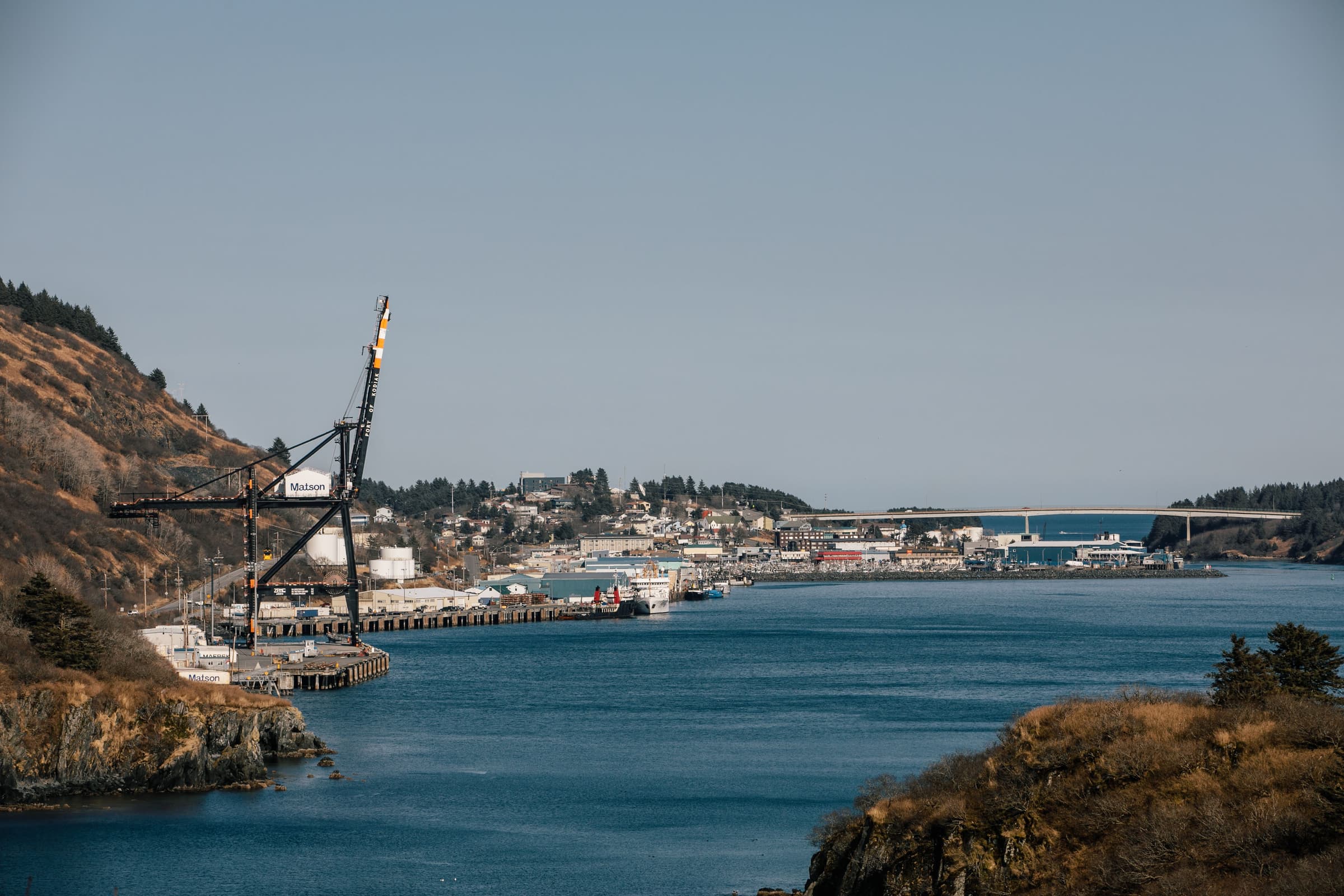
But within this vast, industrial fishing scene, there’s another kind of fisherman. Much like our small-boat fleet in Sitka, these individuals are driven by something different — the joy of being on the water, the beauty of the ocean, and the care they take in harvesting each fish, one at a time. These rugged, independent fishermen work year-round, adapting to Kodiak’s unpredictable seas.
From January through April, when daylight is scarce and Gulf of Alaska storms rage, they brave the elements to catch jig rockfish. Using mechanical jigs, they send lures deep into the water column to selectively harvest black rockfish — ensuring minimal bycatch and leaving the ocean floor untouched. Jigging is an ancient technique, practiced for thousands of years, yet it has largely been replaced in the commercial industry by more efficient but indiscriminate methods, like trawling.
Unlike trawlers that scoop up massive schools of fish without the ability to rapidly bleed and ice them, jig fishermen handle their fish with precision and care. Yes, it’s slower. Yes, it’s harder work. But the result? Unparalleled quality.
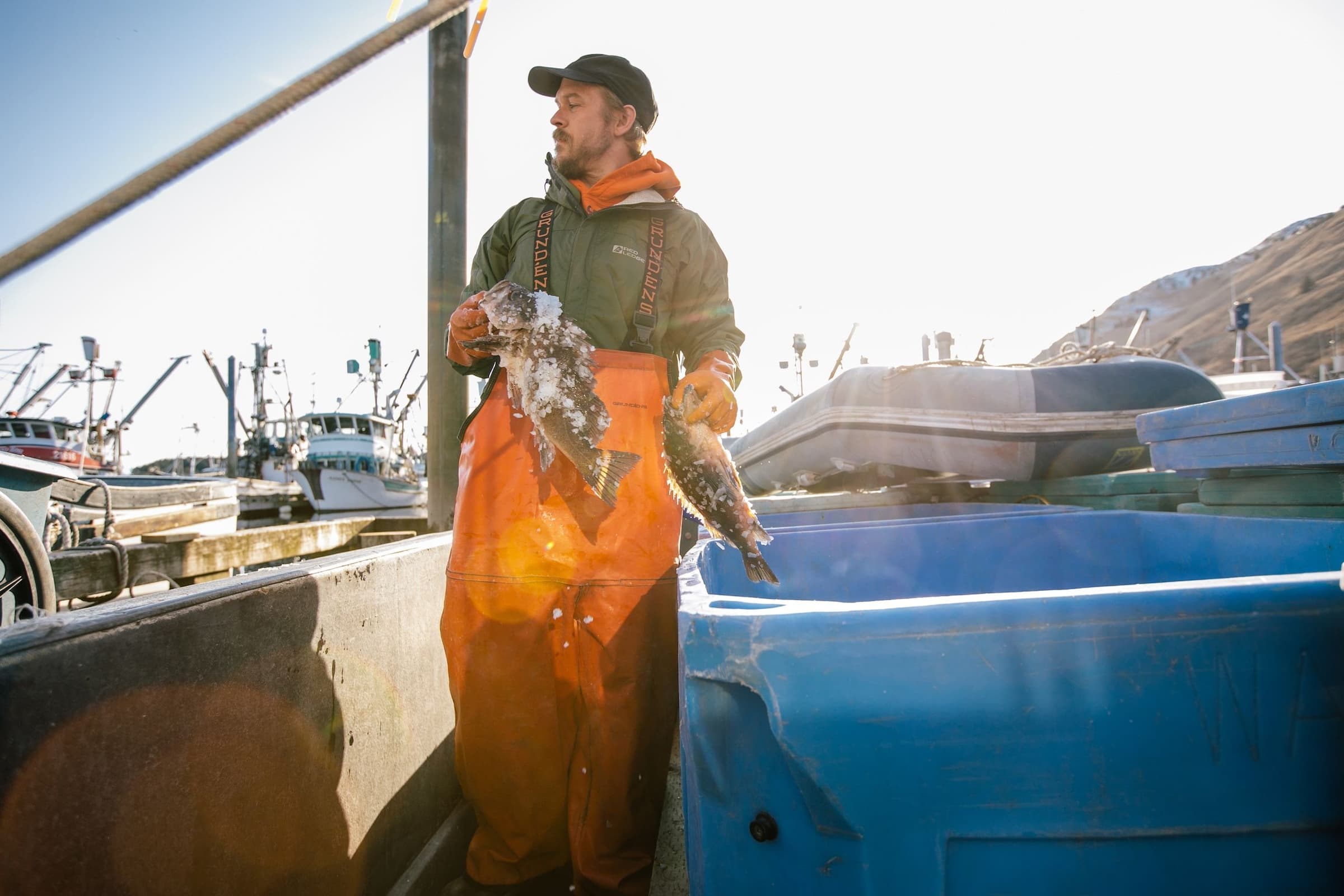
For these fishermen, finding a marketplace that values their superior catch is critical. That’s where Sitka Seafood Market — and you — come in. We pay a premium for these carefully harvested fish, ensuring that our fishermen can keep jigging through the winter and spring. If they had to sell to larger processors that don’t differentiate based on quality, they’d receive less than half of what we pay. Fair pricing isn’t just about economics — it’s what keeps these skilled, independent fishermen on the water.
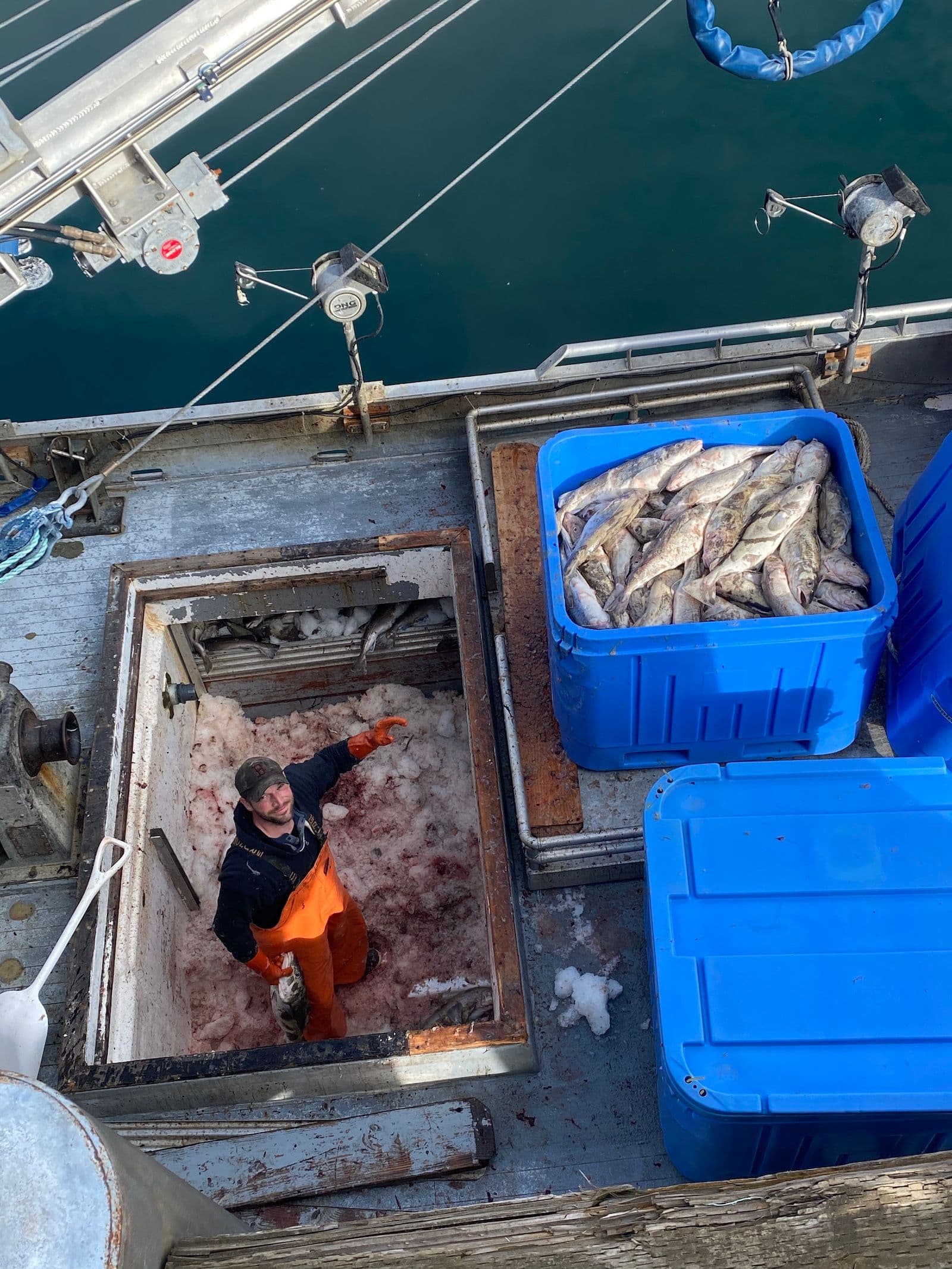
But the chain of care doesn’t stop with the fishermen. Processing is the final, vital step in preserving the quality of the catch. Large-scale seafood processors are built for volume, relying on automation to move millions of pounds of fish through their plants daily. In contrast, small-scale fishermen need processors who share their commitment to quality.
That’s where Kodiak Island WildSource comes in. Nestled among the industrial plants, this tribally owned processor is operated by the Sun’aq Tribe of Kodiak — an Alutiiq people whose history on this island stretches back more than 8,000 years.

WildSource provides essential services to our fishermen — landing their catch, supplying ice for rapid chilling, and ensuring that each fish is handled with care. This mid-sized processor is an integral part of Kodiak’s fishing community, also handling halibut, Pacific cod, and salmon during the summer season. By filleting and freezing the fish locally, WildSource not only locks in peak quality but also keeps more dollars circulating in Kodiak’s economy, supporting skilled jobs and adding value to the fish.
Many Kodiak fishermen now have the option to sell their own catch directly, thanks to WildSource’s processing. This allows them to find better markets and ensure their fish reaches people who truly appreciate its quality.
Together — with fishermen like Glenn Crocetti and Ryan Horwath, the skilled processors at WildSource, and customers like you — we are supporting a fishery that prioritizes quality, sustainability, and the hardworking individuals who make it possible. This is why we do what we do. It’s what makes us proud to bring you the best rockfish you can find.
